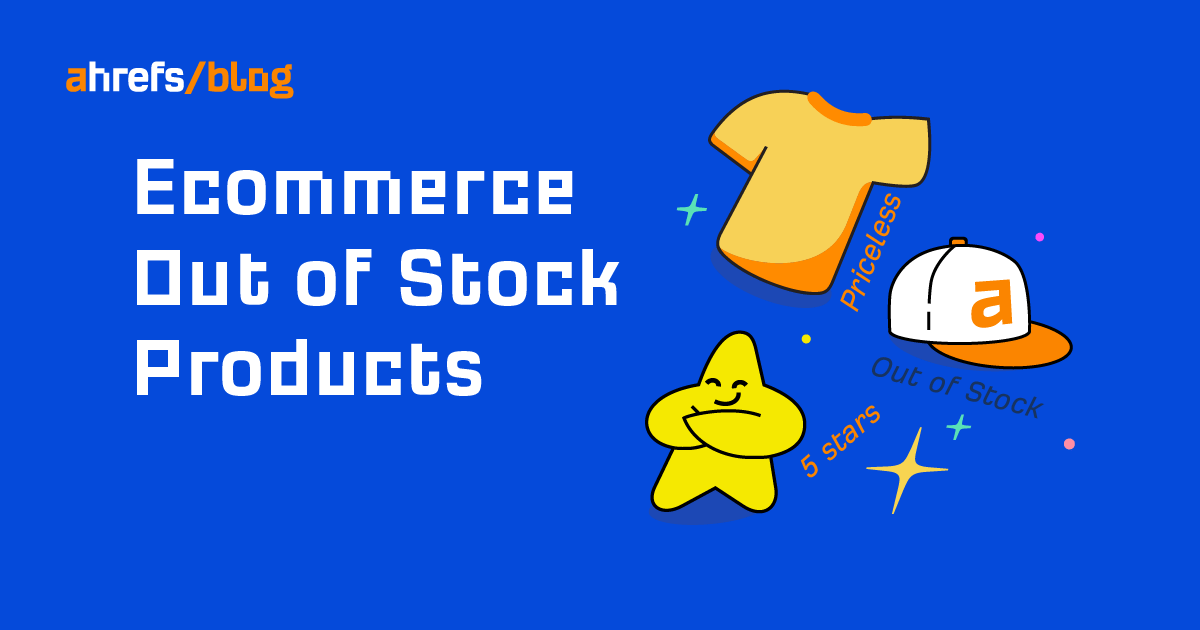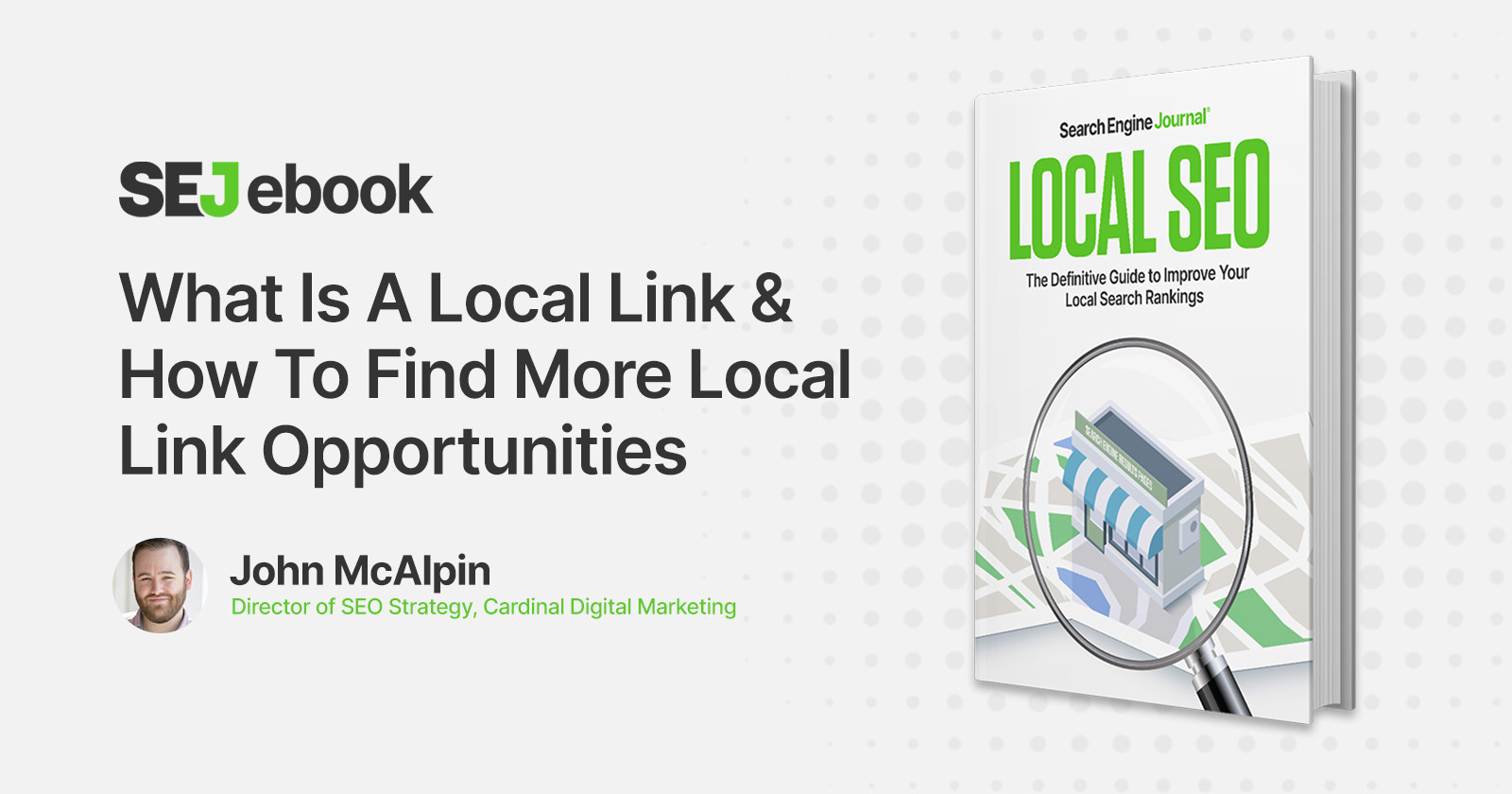An Introduction To Using R For SEO via @sejournal, @TaylorDanRW
Leave a bigger impact on your business. Discover how to connect R to your SEO work, plus how you can learn it in-depth (for free). The post An Introduction To Using R For SEO appeared first on Search Engine...

Predictive analysis refers to the use of historical data and analyzing it using statistics to predict future events.
It takes place in seven steps, and these are: defining the project, data collection, data analysis, statistics, modeling, and model monitoring.
Many businesses rely on predictive analysis to determine the relationship between historical data and predict a future pattern.
These patterns help businesses with risk analysis, financial modeling, and customer relationship management.
Predictive analysis can be used in almost all sectors, for instance, healthcare, telecommunications, oil and gas, insurance, travel, retail, financial services, and pharmaceuticals.
Several programming languages can be used in predictive analysis, such as R, MATLAB, Python, and Golang.
What Is R, And Why Is It Used For SEO?
R is a package of free software and programming language developed by Robert Gentleman and Ross Ihaka in 1993.
It is widely used by statisticians, bioinformaticians, and data miners to develop statistical software and data analysis.
R consists of an extensive graphical and statistical catalog supported by the R Foundation and the R Core Team.
It was originally built for statisticians but has grown into a powerhouse for data analysis, machine learning, and analytics. It is also used for predictive analysis because of its data-processing capabilities.
R can process various data structures such as lists, vectors, and arrays.
You can use R language or its libraries to implement classical statistical tests, linear and non-linear modeling, clustering, time and spatial-series analysis, classification, etc.
Besides, it’s an open-source project, meaning anybody can improve its code. This helps to fix bugs and makes it easy for developers to build applications on its framework.
What Are The Benefits Of R Vs. MATLAB, Python, Golang, SAS, And Rust?
R Vs. MATLAB
R is an interpreted language, while MATLAB is a high-level language.
For this reason, they function in different ways to utilize predictive analysis.
As a high-level language, most current MATLAB is faster than R.
However, R has an overall advantage, as it is an open-source project. This makes it easy to find materials online and support from the community.
MATLAB is a paid software, which means availability may be an issue.
The verdict is that users looking to solve complex things with little programming can use MATLAB. On the other hand, users looking for a free project with strong community backing can use R.
R Vs. Python
It is important to note that these two languages are similar in several ways.
First, they are both open-source languages. This means they are free to download and use.
Second, they are easy to learn and implement, and do not require prior experience with other programming languages.
Overall, both languages are good at handling data, whether it’s automation, manipulation, big data, or analysis.
R has the upper hand when it comes to predictive analysis. This is because it has its roots in statistical analysis, while Python is a general-purpose programming language.
Python is more efficient when deploying machine learning and deep learning.
For this reason, R is the best for deep statistical analysis using beautiful data visualizations and a few lines of code.
R Vs. Golang
Golang is an open-source project that Google launched in 2007. This project was developed to solve problems when building projects in other programming languages.
It is on the foundation of C/C++ to seal the gaps. Thus, it has the following advantages: memory safety, maintaining multi-threading, automatic variable declaration, and garbage collection.
Golang is compatible with other programming languages, such as C and C++. In addition, it uses the classical C syntax, but with improved features.
The main disadvantage compared to R is that it is new in the market – therefore, it has fewer libraries and very little information available online.
R Vs. SAS
SAS is a set of statistical software tools created and managed by the SAS institute.
This software suite is ideal for predictive data analysis, business intelligence, multivariate analysis, criminal investigation, advanced analytics, and data management.
SAS is similar to R in various ways, making it a great alternative.
For example, it was first launched in 1976, making it a powerhouse for vast information. It is also easy to learn and debug, comes with a nice GUI, and provides a nice output.
SAS is more difficult than R because it’s a procedural language requiring more lines of code.
The main disadvantage is that SAS is a paid software suite.
Therefore, R might be your best option if you are looking for a free predictive data analysis suite.
Lastly, SAS lacks graphic presentation, a major setback when visualizing predictive data analysis.
R Vs. Rust
Rust is an open-source multiple-paradigms programming language launched in 2012.
Its compiler is one of the most used by developers to create efficient and robust software.
Additionally, Rust offers stable performance and is very useful, especially when creating large programs, thanks to its guaranteed memory safety.
It is compatible with other programming languages, such as C and C++.
Unlike R, Rust is a general-purpose programming language.
This means it specializes in something other than statistical analysis. It may take time to learn Rust due to its complexities compared to R.
Therefore, R is the ideal language for predictive data analysis.
Getting Started With R
If you’re interested in learning R, here are some great resources you can use that are both free and paid.
Coursera
Coursera is an online educational website that covers different courses. Institutions of higher learning and industry-leading companies develop most of the courses.
It is a good place to start with R, as most of the courses are free and high quality.
For example, this R programming course is developed by Johns Hopkins University and has more than 21,000 reviews:
R Programming, Roger D. Peng, PhDYouTube
YouTube has an extensive library of R programming tutorials.
Video tutorials are easy to follow, and offer you the chance to learn directly from experienced developers.
Another advantage of YouTube tutorials is that you can do them at your own pace.
YouTube also offers playlists that cover each topic extensively with examples.
A good YouTube resource for learning R comes courtesy of FreeCodeCamp.org:
R Programming Tutorial – Learn the Basics of Statistical ComputingUdemy
Udemy offers paid courses created by professionals in different languages. It includes a combination of both video and textual tutorials.
At the end of every course, users are awarded certificates.
One of the main advantages of Udemy is the flexibility of its courses.
One of the highest-rated courses on Udemy has been produced by Ligency.
R Programming A-ZUsing R For Data Collection & Modeling
Using R With The Google Analytics API For Reporting
Google Analytics (GA) is a free tool that webmasters use to gather useful information from websites and applications.
However, pulling information out of the platform for more data analysis and processing is a hurdle.
You can use the Google Analytics API to export data to CSV format or connect it to big data platforms.
The API helps businesses to export data and merge it with other external business data for advanced processing. It also helps to automate queries and reporting.
Although you can use other languages like Python with the GA API, R has an advanced googleanalyticsR package.
It’s an easy package since you only need to install R on the computer and customize queries already available online for various tasks. With minimal R programming experience, you can pull data out of GA and send it to Google Sheets, or store it locally in CSV format.
With this data, you can oftentimes overcome data cardinality issues when exporting data directly from the Google Analytics user interface.
If you choose the Google Sheets route, you can use these Sheets as a data source to build out Looker Studio (formerly Data Studio) reports, and expedite your client reporting, reducing unnecessary busy work.
Using R With Google Search Console
Google Search Console (GSC) is a free tool offered by Google that shows how a website is performing on the search.
You can use it to check the number of impressions, clicks, and page ranking position.
Advanced statisticians can connect Google Search Console to R for in-depth data processing or integration with other platforms such as CRM and Big Data.
To connect the search console to R, you must use the searchConsoleR library.
Collecting GSC data through R can be used to export and categorize search queries from GSC with GPT-3, extract GSC data at scale with reduced filtering, and send batch indexing requests through to the Indexing API (for specific page types).
How To Use GSC API With R
See the steps below:
Download and install R studio (CRAN download link). Install the two R packages known as searchConsoleR using the following command install.packages(“searchConsoleR”) Load the package using the library() command i.e. library(“searchConsoleR”) Load OAth 2.0 using scr_auth() command. This will open the Google login page automatically. Login using your credentials to finish connecting Google Search Console to R. Use the commands from the searchConsoleR official GitHub repository to access data on your Search console using R.Pulling queries via the API, in small batches, will also allow you to pull a larger and more accurate data set versus filtering in the Google Search Console UI, and exporting to Google Sheets.
Like with Google Analytics, you can then use the Google Sheet as a data source for Looker Studio, and automate weekly, or monthly, impression, click, and indexing status reports.
Conclusion
Whilst a lot of focus in the SEO industry is placed on Python, and how it can be used for a variety of use cases from data extraction through to SERP scraping, I believe R is a strong language to learn and to use for data analysis and modeling.
When using R to extract things such as Google Auto Suggest, PAAs, or as an ad hoc ranking check, you may want to invest in.
More resources:
An Introduction To Python & Machine Learning For Technical SEO Coding For SEO: 10 Ways Coding Skills Can Improve SEO Efforts Advanced Technical SEO: A Complete GuideFeatured Image: Billion Photos/Shutterstock

 KickT
KickT 































